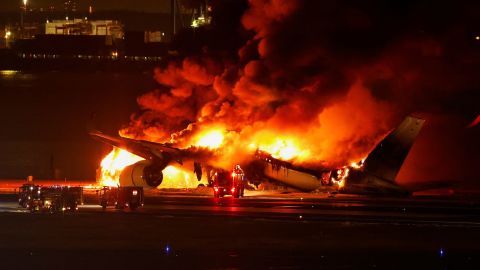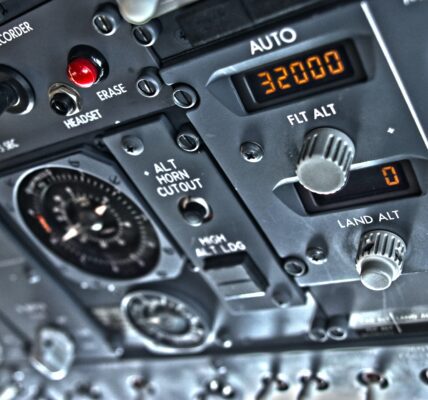- Homepage
- World Affairs
- Japan Jet Crash: Exemplary Evacuation from Plane Inferno Highlights Crucial Factors
Japan Jet Crash: Exemplary Evacuation from Plane Inferno Highlights Crucial Factors

In a remarkable incident at Tokyo’s Haneda Airport, passengers of Japan Airlines Flight 516 executed a flawless evacuation after a collision with a coastguard plane. Despite the smaller aircraft turning into a fireball, all passengers on Flight 516 survived, showcasing the effectiveness of the crew’s training and the cooperation of well-behaved passengers who followed safety protocols.
The evacuation’s speed was attributed to passengers leaving their hand luggage behind, a crucial factor emphasized by aviation experts. Unlike a previous incident in Dubai in 2016, where passengers attempted to retrieve their belongings during an emergency evacuation, the Tokyo evacuation demonstrated disciplined adherence to safety instructions.
Aviation experts and industry professionals commended the crew’s implementation of rigorous training and the passengers’ cooperation. The successful evacuation highlighted the importance of crew members’ thorough training, covering evacuation and rescue procedures, which they undergo for up to three weeks before serving on commercial flights. This training, including scenarios like water landings or onboard fires, is reiterated annually.
A former Japan Airlines flight attendant emphasized the difficulty of ensuring passengers do not panic in real-life situations. The impeccable coordination among the crew and passengers in following instructions played a crucial role in the successful evacuation.
Despite challenging conditions, such as the aircraft being nose down, only three inflatable slides being usable, and a malfunctioning announcement system, the crew managed to guide passengers to safety using alternative methods, including a megaphone. The aircraft’s design appeared to facilitate a fast evacuation, protecting occupants.
The role of the airport’s fire crews on the ground was deemed crucial in creating a safe path for evacuation. Their prompt response aimed to ensure a clear exit path for passengers before addressing the larger fire.
The incident also prompted reflections on past aviation accidents, with strengthened safety regulations implemented after historical tragedies. The collision at Los Rodeos Airport in 1977 led to a review of cockpit procedures and communication, emphasizing the importance of learning from past mistakes to enhance safety.
While an investigation is ongoing to determine the cause of the Tokyo collision, lessons from previous accidents underscore the need for continuous improvement in aviation safety. Japan Airlines, with a record described as “blemish-free” since the 1985 crash, has been a world leader in safety, dedicating efforts to instill safety awareness among its staff.
The airline’s commitment is evident in its museum-like facility near Haneda, showcasing wreckage from the 1985 incident to remind staff of the responsibility entrusted to them in ensuring the safety of lives and property. The dedication to preventing tragic accidents reflects the industry’s ongoing efforts to prioritize passenger safety and maintain high standards in aviation operations.




